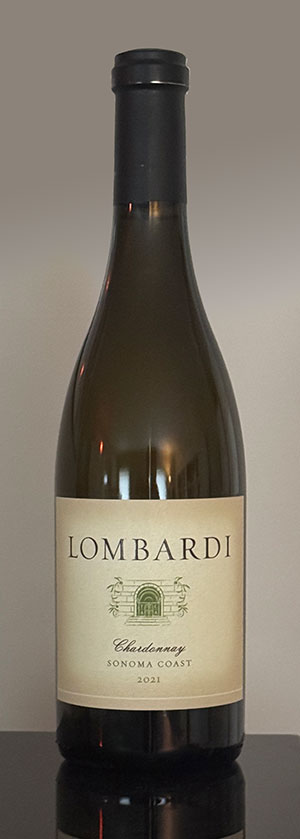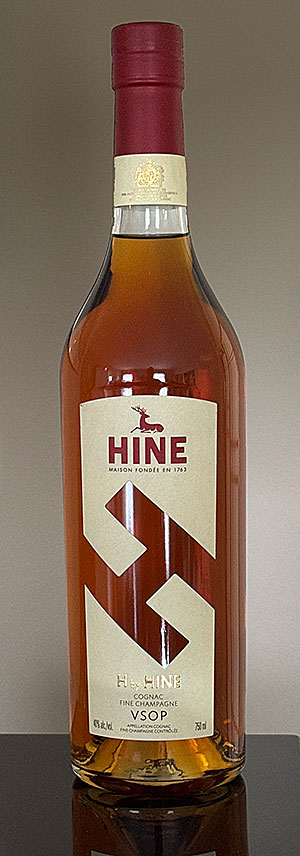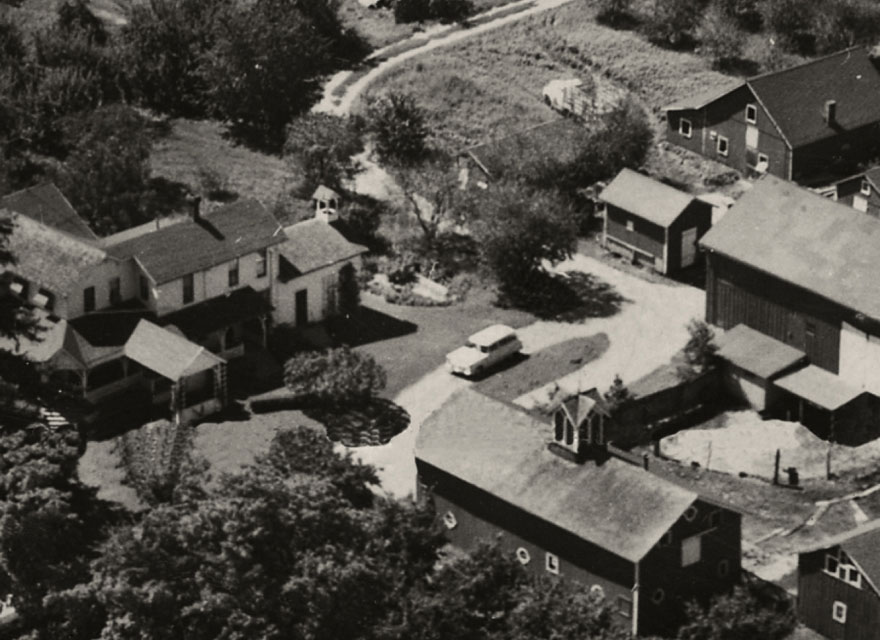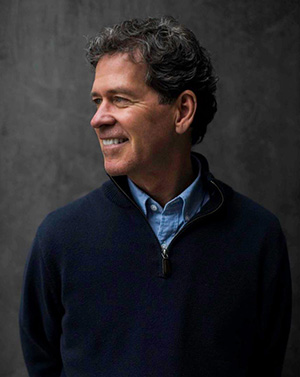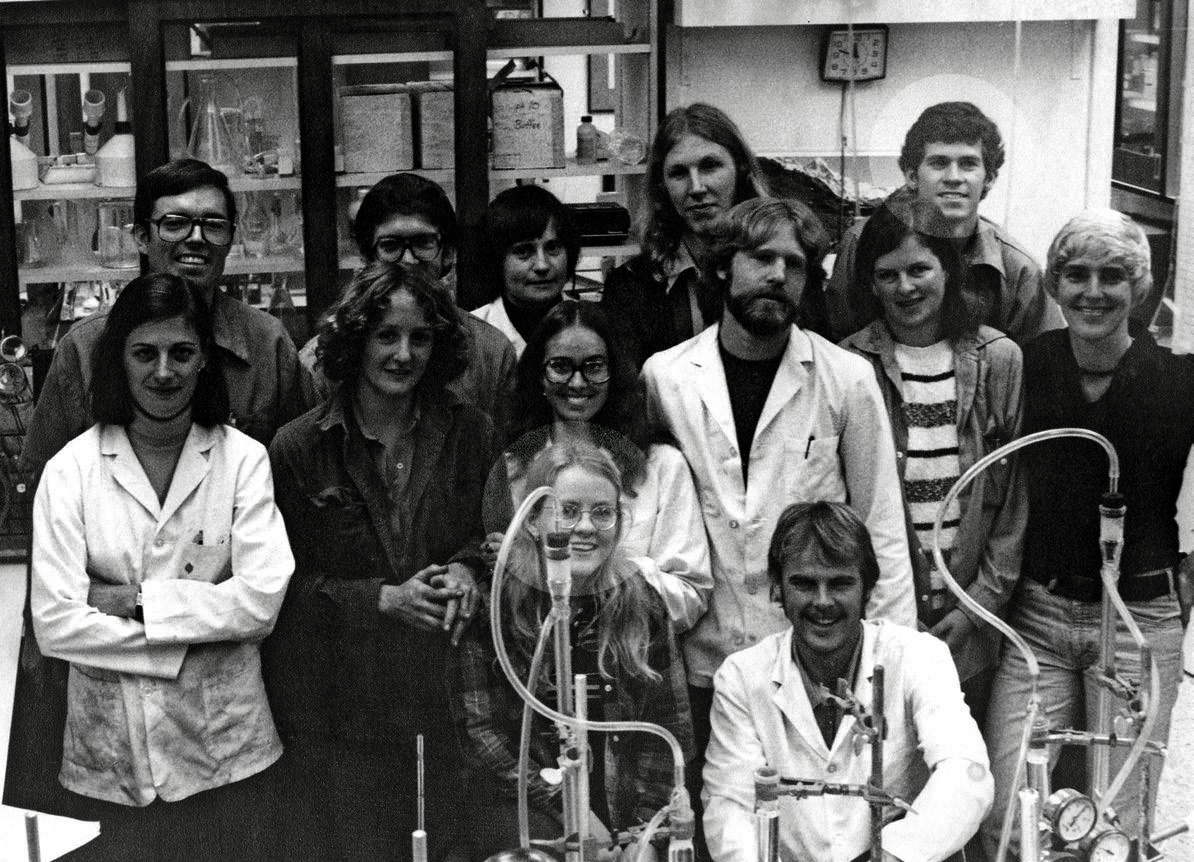
Click here for tasting notes.
Zinio Tempranillo
Located in the heart of the renowned Rioja Alta region, Bodegas Patrocinio is a cooperative winery that has been a vital part of the Spanish wine landscape since 1985. Bodegas Patrocinio crafts wines using traditional Rioja grapes like Tempranillo, Garnacha, Mazuelo, and Graciano, which are available under various brands: Señorío de Uñuela, Zinio, Sancho Garcés, and Lágrimas de María.
Bodegas Patrocinio began as a group of 200 grape growers in Uruñuela, a small town in Rioja Alta. The ethos of Bodegas Patrocinio is a commitment to collective effort over individual interests, ensuring consistent quality across all their wines. The first harvest was in 1986 and first bottling in 1993.
Under the leadership of María Martínez, who joined as Head Winemaker in 2004, Bodegas Patrocinio has continually embraced cutting-edge research and development, including soil mapping, pest control, vine vigor control. and micro-oxygenation.
Bodegas Patrocinio is located in the Najerilla Valley, one of the most prestigious subzones of Rioja. Surrounded by mountains and rivers, the vineyards benefit from a climate that is a perfect mix of Mediterranean warmth and Atlantic coolness. The region experiences warm days and cool nights in the lead-up to harvest, which helps the grapes mature evenly.
Continue reading “Bodegas Patrocinio Terroir de Zinio Tempranillo Reserva Rioja 2018”

